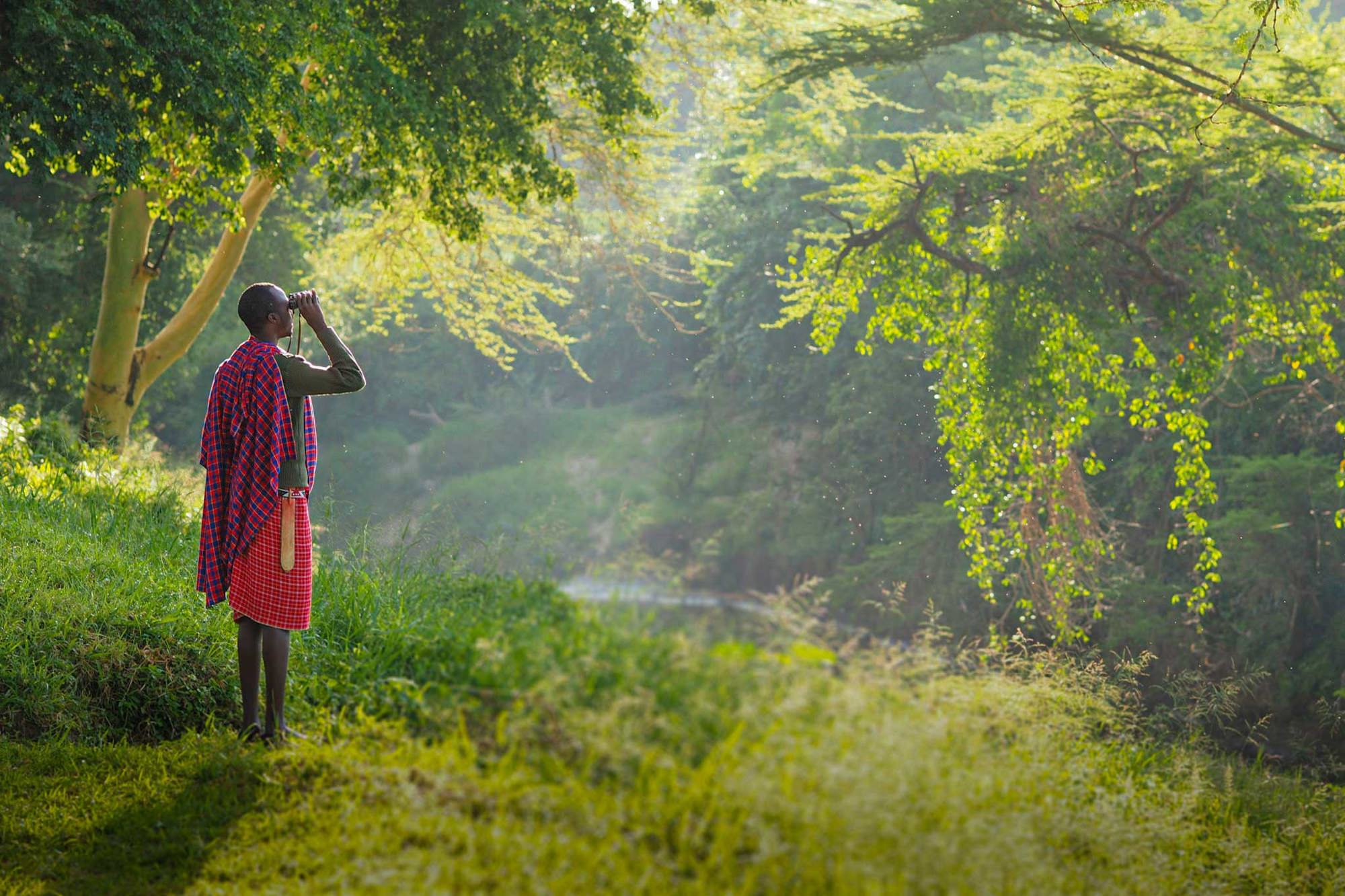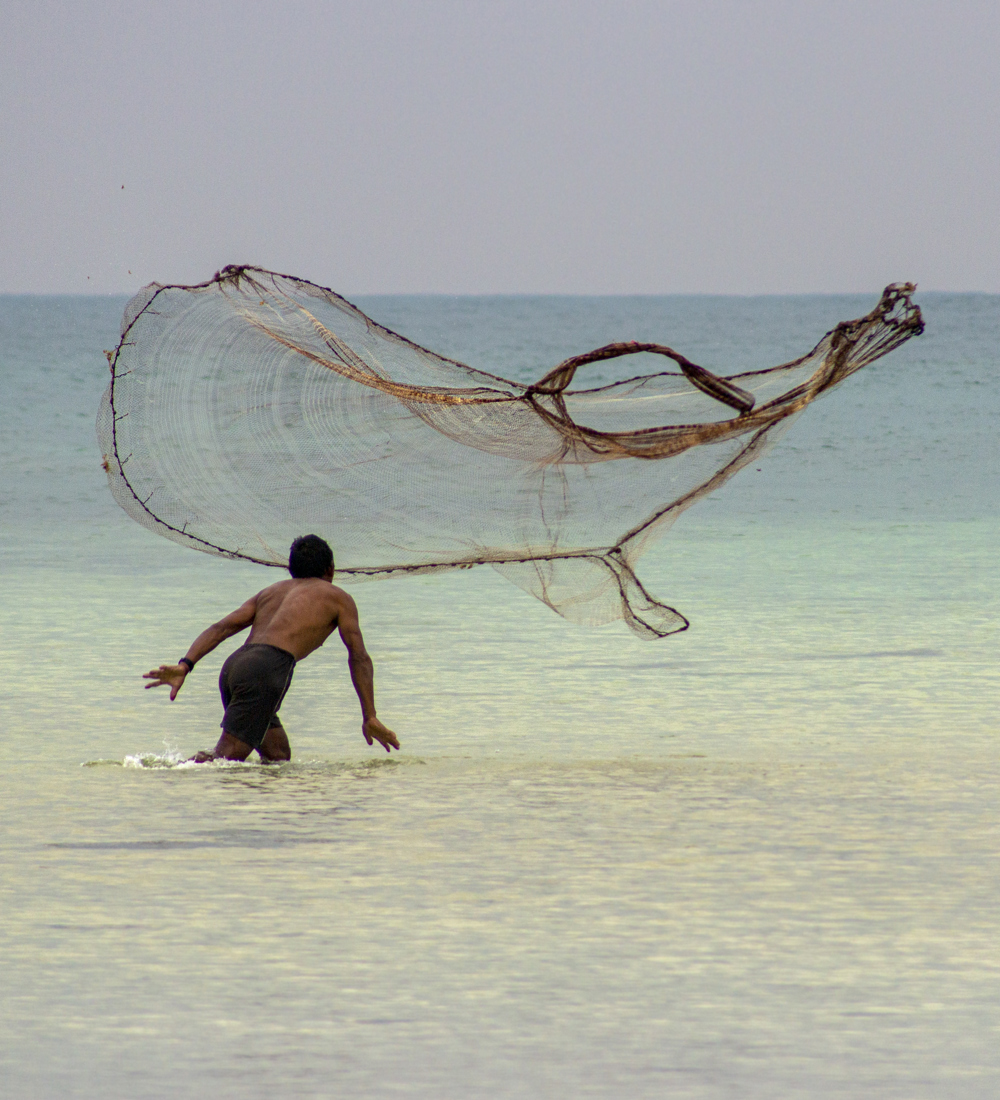Protect, mitigate, and adapt
Oliver Karius explains LGT Venture Philanthropy’s focus on “regenerating ecosystems” and outlines the three pillars of climate philanthropy
Tuesday, 12 September 2023

Oliver Karius explains LGT Venture Philanthropy’s focus on “regenerating ecosystems” and outlines the three pillars of climate philanthropy
Tuesday, 12 September 2023

 Oliver Karius is CEO and partner at LGT Venture Philanthropy, an independent charitable foundation established in 2007. With teams in Switzerland, Sub-Saharan Africa, and India, it strives to improve the quality of life of people facing disadvantages, contribute to healthy ecosystems and build resilient, inclusive, and prosperous communities. LGT VP focuses on strengthening the capabilities of locally rooted organisations that deliver effective, scalable solutions across health, education, and the environment contributing directly to the SDGs.
Oliver Karius is CEO and partner at LGT Venture Philanthropy, an independent charitable foundation established in 2007. With teams in Switzerland, Sub-Saharan Africa, and India, it strives to improve the quality of life of people facing disadvantages, contribute to healthy ecosystems and build resilient, inclusive, and prosperous communities. LGT VP focuses on strengthening the capabilities of locally rooted organisations that deliver effective, scalable solutions across health, education, and the environment contributing directly to the SDGs.
To mitigate the climate crisis, create food and water security, protect our biodiversity, and support livelihoods, we must massively scale up the protection and regeneration of threatened and destroyed ecosystems.
Ecosystems perform vital “services” that are inseparable from planetary health, including providing oxygen, fresh water and food, and regulating temperatures and disease.
They are also key to providing sustainable livelihoods - and are currently the only viable option to draw down CO2 from the atmosphere at scale to mitigate Climate Change.
This is why LGT Venture Philanthropy’s environment is rooted in community-based land and sea ecosystem protection and regeneration, which also serves to uplift communities through sustainable livelihoods.
We believe that local communities hold the knowledge to successfully protect and regenerate the ecosystems in which they live and must be part of any effort to protect and regenerate them. They are best placed to drive Climate Change mitigation by preserving the vast reservoirs of CO2 sequestered in community-held lands, which is why we focus on locally-led initiatives.
“Philanthropic capital is risk capital. You can take maximum risk for maximum impact.”

Dashkin Foundation, an Indian nonprofit, works fishing communities to protect both natural ecosystems and livelihoods. Photo: LGT
In India, for example, we have partnered with the Dakshin Foundation, a nonprofit, to help scale its SeaChange programme, which supports communities, government, and civil society to sustainably use coastal and marine resources.
SeaChange, will be rolled out to more than 102 villages over 500km of coast area under management covering seven percent of India’s coast and over 20 percent of India’s 30x30 target of marine protection.
The aim is to enable fishing communities to claim development rights and livelihoods, as well as conserve resources crucial for their future wellbeing. And through the preservation of the ecosystems like the mangroves, there is a carbon component there as well.
Meanwhile in Kenya, LGT has been working since 2016 to protect the greater Maasai Mara ecosystem, providing non-programmatic, core funding to support various organisations and initiatives.
“We are looking for scalable and innovative solutions for which we can provide long-term, patient capital to help scale and sustain new models.”
When it comes to climate, there are three core pillars of engagement: protection, mitigation, and adaptation.
The protection part is ensuring our ecosystems are preserved so they can support future generations. The mitigation piece is where most funding is currently going, things like new technologies, electric vehicles, carbon capture etc. And finally, you have the adaptation element, which is all about increased resilience for local communities to be able to adapt to climate change.
Philanthropy has an important role to play in protecting ecosystems and the communities within them. We are a kind of risk capital; we can take maximum risk for maximum impact without needing to worry about financial returns.
Philanthropists can tackle underfunded issues, which may be seen as too risky by private sector and governments, or left alone by traditional charities, which prefer to focus on funding specific projects.
We are looking for scalable and innovative solutions for which we can provide long-term, patient capital to help scale and sustain new models.
Often, these types of Natural Climate Solutions are overlooked by funders, but in fact, they can contribute up to 37 percent of cost-effective mitigation needed by 2030 to limit global warming to 2C.
For a long time, biodiversity did not feature in the climate discussion – but this is rapidly changing. Under the Kunming-Montreal Global Biodiversity framework signed in December 2022, countries pledged to protect at least 30 percent of terrestrial and marine areas, while also recognising indigenous and traditional territories.
Now that we have global targets, we’re seeing a greater integration between the biodiversity discussion and the climate discussion and a greater interconnectedness in how we tackle these problems. This is what we at LGT VP have been focusing on for over five years.
From a strategic perspective, you can use these international frameworks, such as the Paris Agreement and the Montreal agreement – as well as the Sustainable Development Goals (SDGs). There is no longer an excuse for philanthropists not to get involved.
It's a good idea to use a strong password that you're not using elsewhere.
Remember password? Login here
Our content is free but you need to subscribe to unlock full access to our site.
Already subscribed? Login here